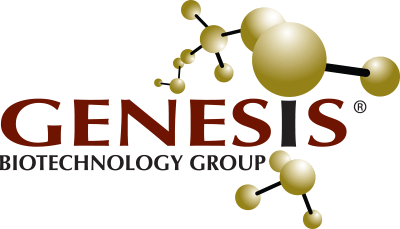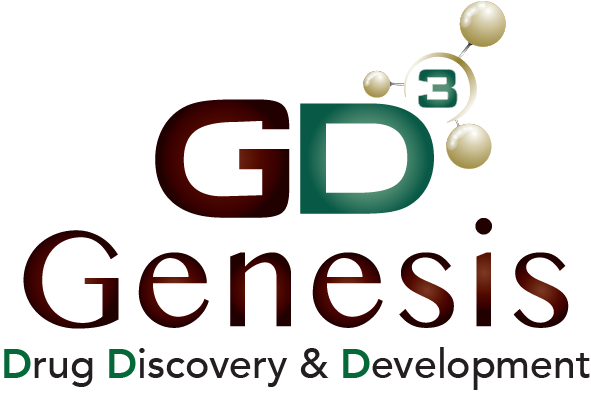404
Page not found
We’re sorry, the page you are looking for could not be found.


Genesis Biotechnology Group is a proud member of Genesis Drug Discovery & Development (GD3), a fully integrated CRO providing services to support drug discovery programs of our clients from target discovery through IND filing and managing Phase I-III clinical trials.
Learn more about GD3

We’re sorry, the page you are looking for could not be found.